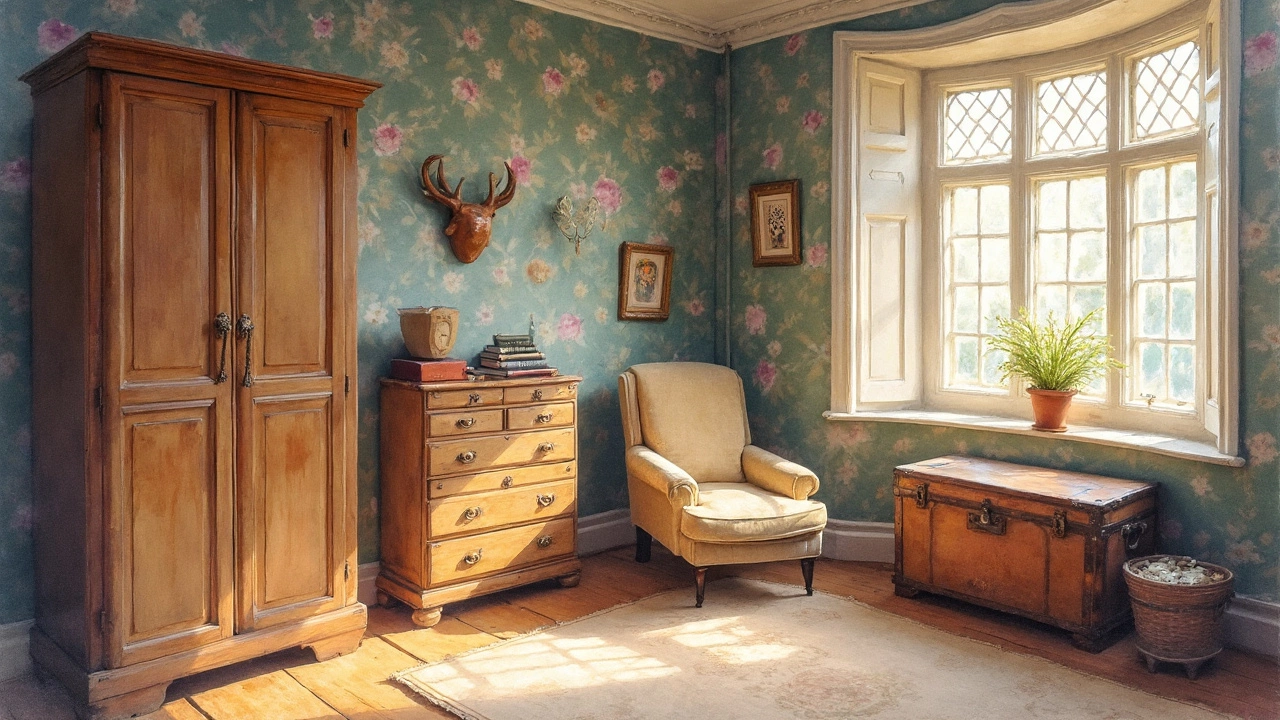Europe Furniture Trends and Tips for a Cozy Home
If you love rustic style but want a fresh twist, looking at European furniture is a smart move. Europe mixes centuries‑old craft with modern sustainability, so you get pieces that feel lived‑in yet responsibly made. Below you’ll find quick, practical advice on picking the right brands, spotting quality, and matching Europe‑inspired pieces with your home.
What’s Hot in European Furniture Right Now
First up, natural wood is still king. Think reclaimed oak from old barns in the UK, solid walnut from Scandinavia, and sun‑kissed teak from Portugal. These woods age beautifully and pair well with the rustic vibe we love. Next, look for leather sofas that balance durability with softness—many European makers use vegetable‑tanned leather that lasts for years without flaking.
Color trends lean toward muted earth tones: forest green, deep charcoal, and warm ochre. These shades let you add a pop of colour without overwhelming a cosy space. If you’re into upholstered pieces, high‑density foam cushions keep the shape firm while still feeling plush, a combo praised by many British shoppers for lasting comfort.
How to Choose Quality European Brands
Not all brands are created equal, so do a quick reality check. Look for companies that share their sourcing story—if they mention local forests, low‑impact dyes, or fair‑pay workshops, you’re likely getting a genuine product. Reviews from UK buyers are a gold‑mine; they’ll tell you if a sofa’s frame holds up against kids and pets.
Price doesn’t always equal quality, but a solid hardwood frame usually means the sofa will outlast a cheap particle‑board alternative. When you see a brand offering a warranty of at least five years on frames, that’s a good sign they stand behind their work.
Don’t forget to think about the room layout. A corner sofa, for example, can become the centerpiece of a living room if you arrange cushions wisely—place larger pillows at the ends and a couple of smaller ones in the middle for a balanced look. This trick works just as well with European‑style sofas.
Finally, mix and match. Pair a sturdy European coffee table with a soft, upholstered armchair from a local UK maker for a layered feel. The contrast adds visual interest while keeping the overall theme cohesive.
By focusing on natural materials, reputable brands, and smart placement, you can bring a slice of European craftsmanship into your home without breaking the bank. Happy decorating!
Why No Closets in Europe?
Have you ever wondered why European homes often lack built-in closets? This article explores the historical and cultural reasons behind this architectural quirk. Discover how Europeans cleverly use wardrobes and other storage solutions to maximize space in their homes. Learn practical tips and insights if you're planning to move to or redecorate a European-style home.
More
